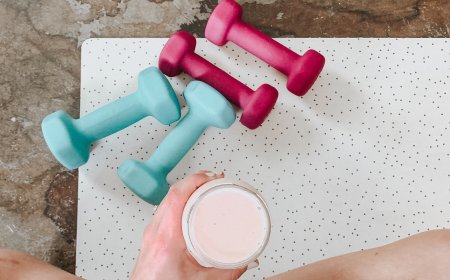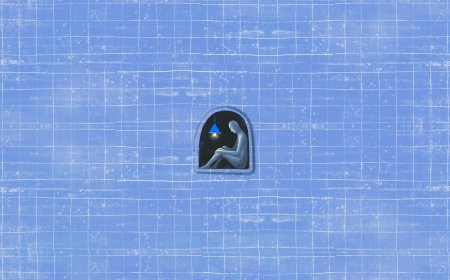Quota Sampling: Reducing Bias and Outperforming Random Sampling
Explore the benefits of quota sampling in minimizing bias and potentially surpassing random sampling performance in research studies. Learn how large quotas can enhance your research outcomes.

Introduction
Quota sampling is a non-probability sampling method wherein researchers select participants based on specific characteristics to ensure a representative sample. This technique allows for a more accurate reflection of the population under study and can potentially outperform random sampling in certain cases. In this article, we will delve into the world of quota sampling, particularly when large numbers of quotas are involved, and discuss how it can help reduce bias and potentially outshine random sampling.
Quota Sampling: An Overview
Quota sampling involves dividing the population into distinct subgroups, or quotas, based on specific characteristics such as age, gender, ethnicity, or socio-economic status. Researchers then select participants from each subgroup to ensure a balanced representation of the entire population. This technique is particularly useful when it is challenging to obtain a random sample or when researchers want to control various factors that may influence their study results.
How Quota Sampling Reduces Bias
1. Ensuring Representation of Subgroups
One of the primary reasons why quota sampling can reduce bias in research is its ability to ensure adequate representation of various subgroups within the population. When researchers use random sampling, there is a possibility that certain subgroups may be underrepresented or overrepresented, leading to potential bias. Quota sampling addresses this issue by requiring researchers to select a predetermined number of participants from each subgroup, thereby ensuring a balanced sample.
2. Reducing Selection Bias
Selection bias occurs when researchers inadvertently choose participants who are not representative of the overall population. In random sampling, researchers may unknowingly select individuals with specific characteristics that could skew the study results. Quota sampling helps minimize selection bias by requiring the selection of participants based on predetermined criteria, which ensures that the sample is more reflective of the population under study.
3. Controlling Confounding Variables
Quota sampling allows researchers to control for potential confounding variables that may impact the study results. By requiring the selection of participants based on specific characteristics, researchers can ensure that their sample is more balanced and less likely to be influenced by confounding factors. This, in turn, leads to more accurate and reliable study findings.
Large Quotas and Their Impact
When a large number of quotas are involved, quota sampling can potentially outperform random sampling in several ways:
1. Improved Precision
With a greater number of quotas, researchers can ensure a more accurate representation of the population under study. This improved precision can lead to better study outcomes and a reduced risk of biased results.
2. Enhanced Generalizability
Large quotas allow for a broader range of subgroups to be included in the sample, which can enhance the generalizability of the study findings. This means that the results of the research are more likely to be applicable to the entire population under study, not just the specific sample that was examined.
3. Increased Statistical Power
The statistical power of a study refers to its ability to detect a true effect if it exists. With large quotas, researchers can increase their sample size, which in turn can boost the statistical power of the study. This increased power allows researchers to detect smaller effects and minimize the likelihood of making a Type II error (failing to detect a true effect).
Conclusion
Quota sampling, particularly when large numbers of quotas are involved, offers researchers a powerful tool to minimize bias and potentially outperform random sampling. By ensuring adequate representation of various subgroups within the population, controlling for confounding variables, and taking advantage of the benefits that larger quotas provide, researchers can enhance the accuracy, reliability, and generalizability of their study findings.
While quota sampling may not be suitable for every research scenario, it is undoubtedly a valuable technique to consider when designing a study. By understanding the potential advantages of quota sampling and employing it effectively, researchers can unlock new insights and knowledge that would have been otherwise difficult to obtain through random sampling alone.
Disclaimer: The image(s) featured in this article are for illustrative purposes only and may not directly depict the specific concepts, situations, or individuals discussed in the content. Their purpose is to enhance the reader's understanding and visual experience. Please do not interpret the images as literal representations of the topics addressed.
What's Your Reaction?













































































































